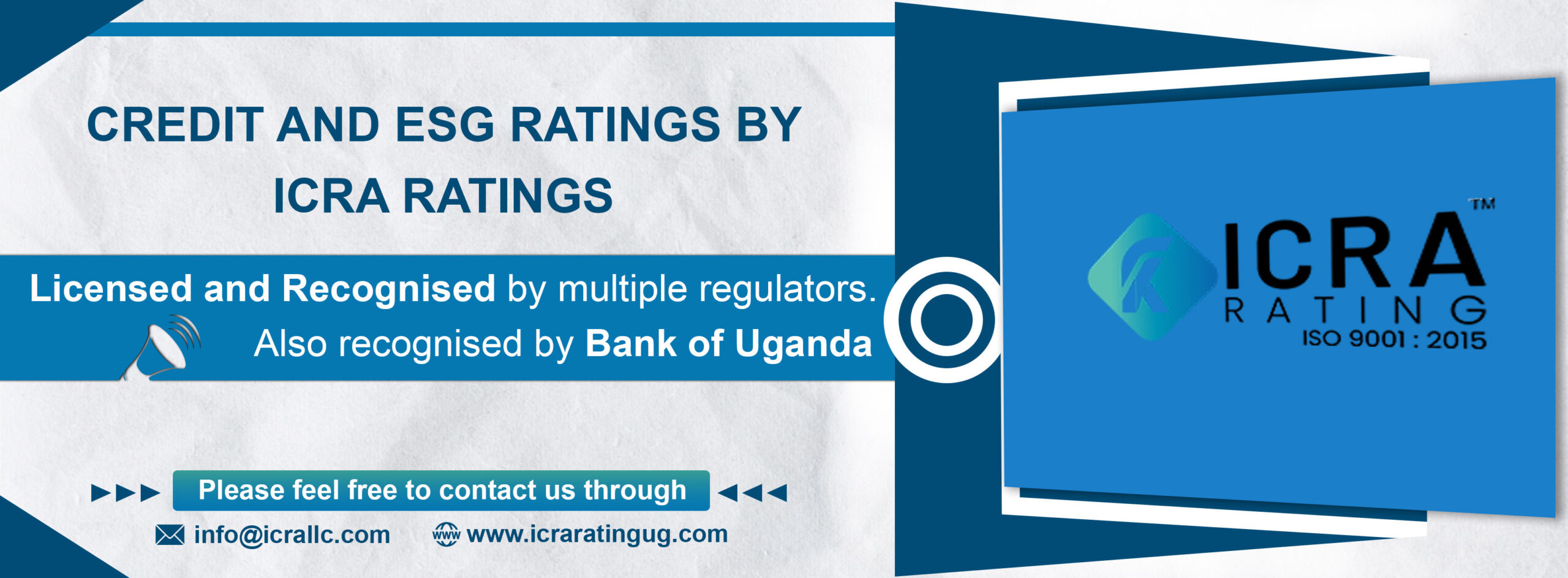Ugandans have expressed their dissatisfaction with the new tariffs introduced on the MTN’s digital payments platform, known as MoMoPay, for transactions made especially on fuel and gas.
MTN Uganda on Friday, January 5, 2024, declared its new tariffs on MoMoPay transactions, where clients have to pay a certain amount of money once they use the platform, which was initially a free service.
“We carried out a tariff adjustment in the MoMoPay Oil & Gas sector (fuel stations). Effective immediately, customers will be charged when they use MoMoPay to pay for fuel at all fuel stations that accept MoMoPay,” MTN stated.
These tariffs have since brought mixed reactions amongst Ugandans, who took to social media, most especially on X, to express their concerns.
“If MTN MoMo charges me an extra 10,000 to pay for car fuel of UGX 100,000, then I don’t really see digital payments going anywhere. Even in developed countries where e-payments are the standard, there is no such thuggery,” Mathias Ssemanda said.
According to Ssemanda, the chart that was provided by MTN was fake because he was charged UGX 10,000 on UGX 100,000 for fuel purchases at City Oil Bombo Road, which was contrary to the UGX 950 stated by MTN.
Tumwijukye said that on December 2, 2024, he paid UGX 1.3 million for fuel and was charged UGX 5,750, adding that it’s true they began charging, but the amounts charged by fuel stations are different from the ones depicted on their charge sheet.
However, in response to one of the reactions, MTN Uganda said, “Yello all. Kindly note all fuel payments off MoMo are charged, and these are charged directly within the system, not by the merchants or attendees at the stations or shopping centres as attached.”
Some Ugandans look at the introduction of these charges as a setback towards the growth of digital payments in the country, which is the Central Bank’s strategic plan that seeks to turn Uganda into a cashless economy.
“This is why Uganda won’t go cashless anytime soon. Each time we take a step forward, we take three steps backward. This is so sad,” Sarah Biryomumaisho said.
Bank of Uganda data indicates that both internet banking and mobile money, which are the flagships of online payments, have been increasing, signalling steady growth in the pursuit of a cashless economy.
According to the World Bank, there were more than 20 million active mobile money accounts in Uganda in 2018, which is more than double the number of bank accounts. This has enabled people to make payments quickly and easily and has helped reduce the risk and often heavy reliance on cash.















